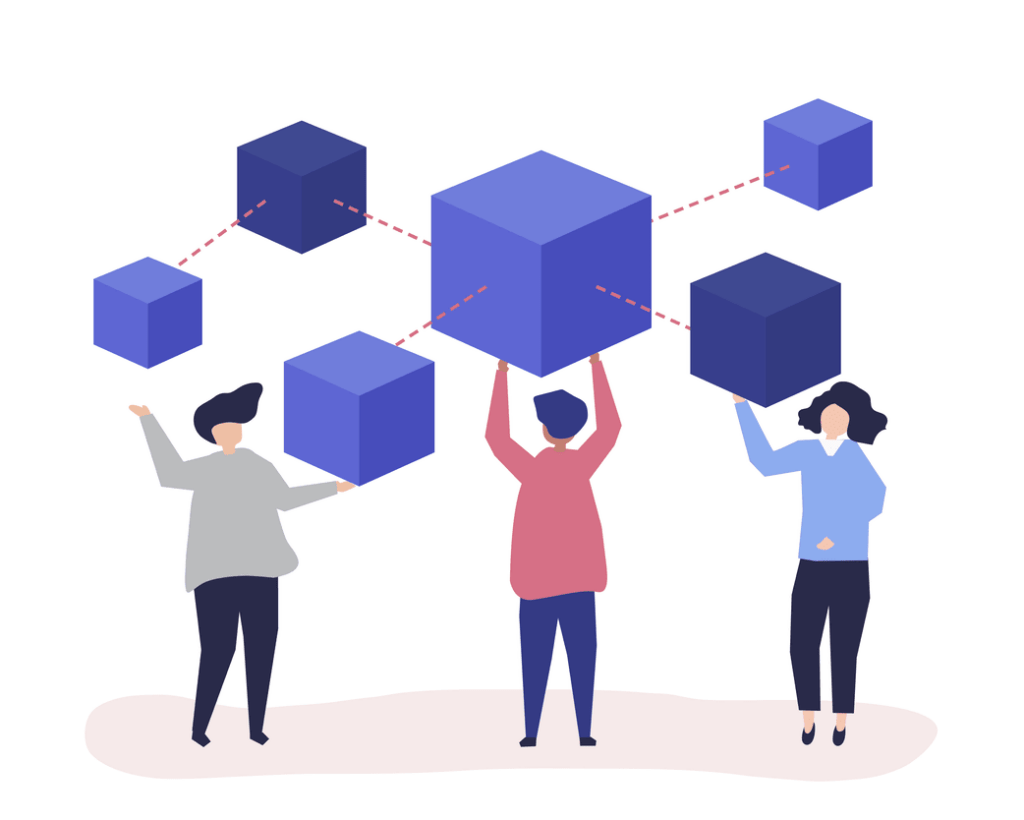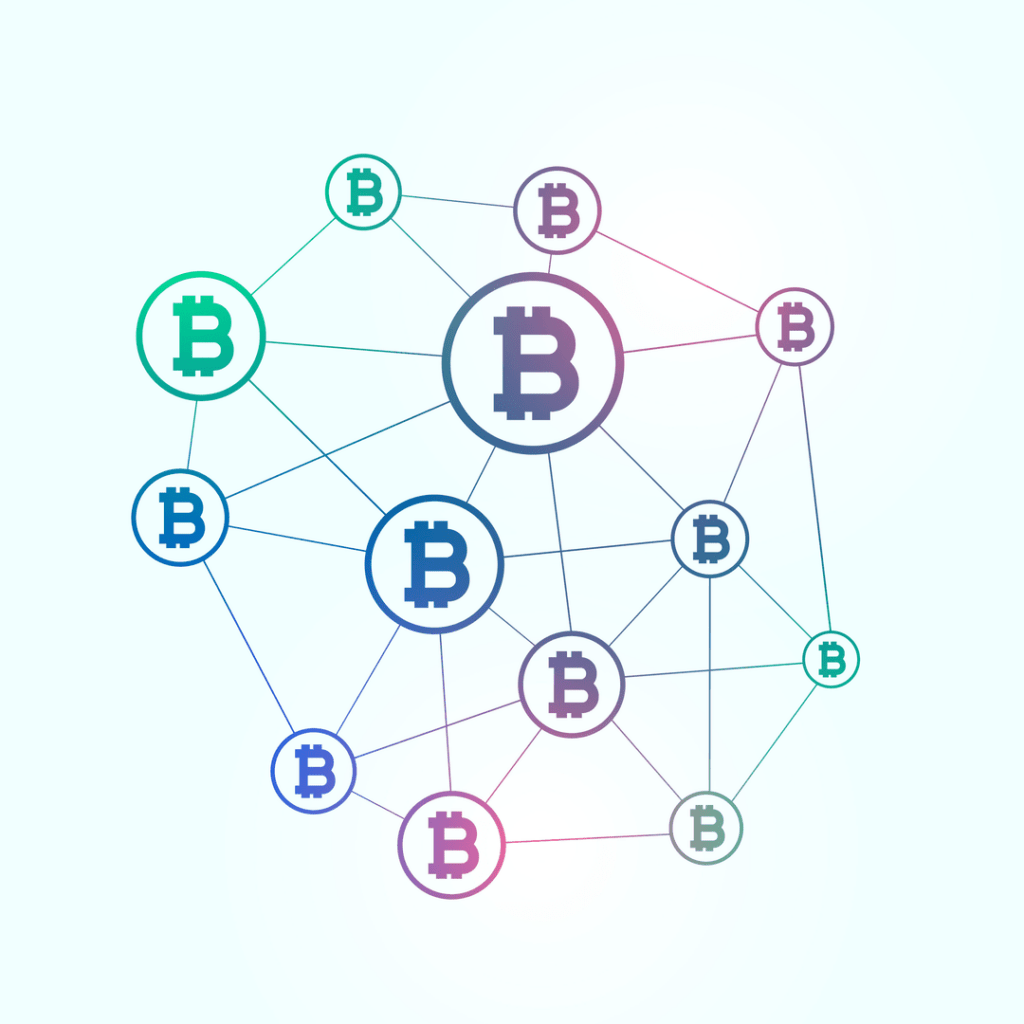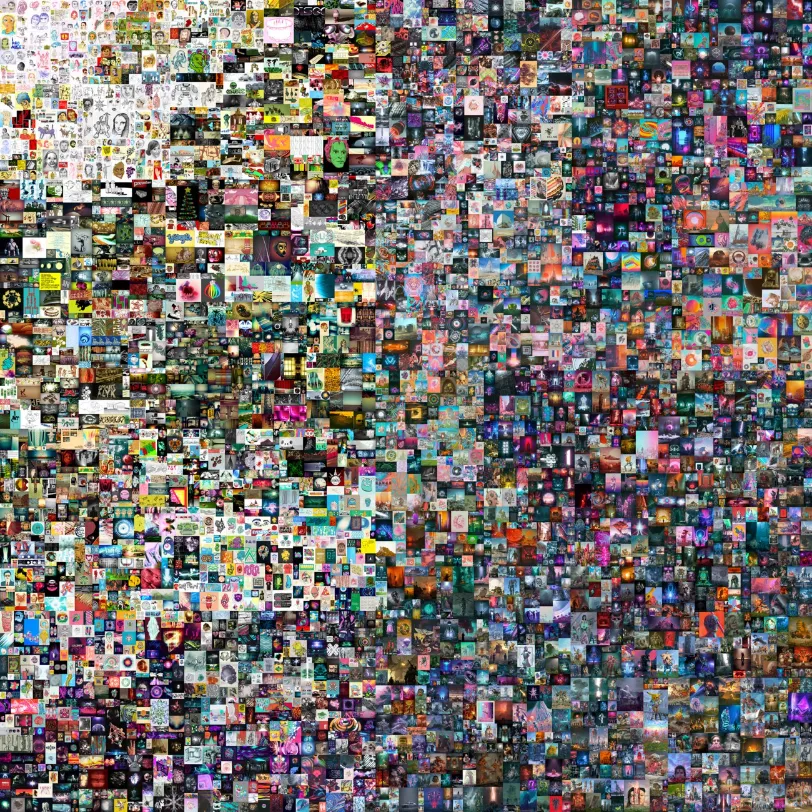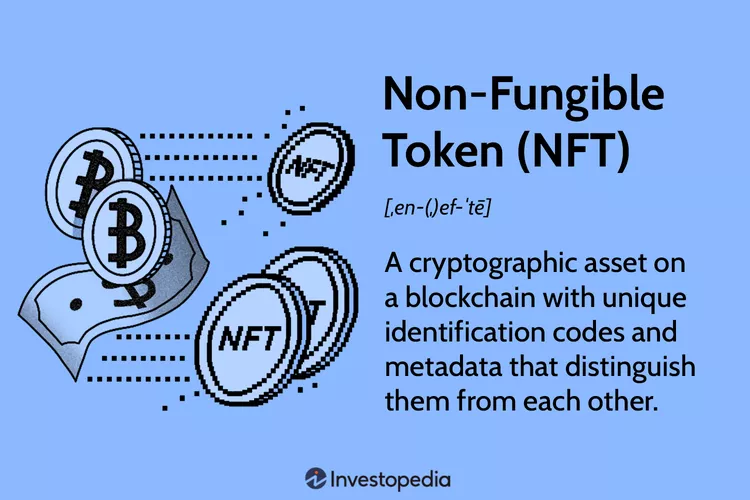Introduction
In a world where data reigns supreme, the architecture that governs this invaluable asset is of paramount importance. For years, centralized networks have been the go-to solution, but they come with their own set of vulnerabilities. Decentralized networks promise a new paradigm, featuring enhanced security, resilience, and user control.

External Link: For a quick rundown on network basics, check out Networking 101.
Centralized vs. Decentralized: A Primer
Understanding the basic differences between centralized and decentralized networks is crucial before diving deeper.
Centralized Networks: A Single Point of Control
In a centralized network, a single server or entity governs the entire network. This provides efficiency and ease of management but also results in a single point of failure.
Decentralized Networks: Power to the People ✊
Decentralized networks, on the other hand, distribute control across multiple nodes or participants. This eliminates the single point of failure and offers several advantages, which we’ll discuss below.
External Link: For a more in-depth comparison, read the article on Centralized vs. Decentralized Networks.
Advantages of Decentralized Networks
Decentralized networks come with several compelling benefits, not least of which are:
- Enhanced Security: Without a central authority, it’s challenging for malicious actors to compromise the network.
- Resilience: The network remains functional even if one node fails.
- User Empowerment: Users have more control over their data and how it’s used.
- Transparency: Open-source protocols mean anyone can verify the network’s functionality.
- Innovation: A decentralized structure encourages community contributions and solutions.
Real-world Applications of Decentralized Networks
From blockchain to peer-to-peer file sharing, decentralized networks are already transforming various sectors. One of the most active sectors with significant strides is finance through blockchain technologies and decentralized web projects.

Blockchain: A Financial Revolution
The most famous application is perhaps blockchain. It serves as the backbone of cryptocurrencies like Bitcoin and enables secure, transparent transactions.
Blockchain serves as the backbone of cryptocurrencies like Bitcoin, Ethereum and others enabling secure and transparent transactions. For an interesting use case of blockchain in the realm of fantasy sports, check out my article on Blockchain Fantasy Football.
External Link: Learn more about how blockchain is changing finance I recommend a free audiobook on Audible: Blockchain: The Technology That Is Changing the World
Decentralized Web: A New Internet Paradigm
Awesome projects like the InterPlanetary File System (IPFS) aim to create a decentralized web where users store and share data without relying on centralized servers.
IoT and Edge Computing: A Dynamic Duo in Decentralization
In the Internet of Things (IoT), decentralized networks can offer real-time data processing and enhanced security, especially beneficial for industrial applications. Traditional centralized models struggle with latency, bandwidth issues, and potential points of failure when dealing with the vast amount of data generated by IoT devices. Decentralized networks come to the rescue by offering real-time data processing and enhanced security, elements that are especially beneficial for industrial applications.
Real-Time Data Processing
In industrial IoT (IIoT) settings, real-time data processing is crucial. From monitoring machinery to ensuring quality control, every second counts. Decentralized networks allow data to be processed at the edge—closer to where it is generated—thus reducing latency and allowing for quicker decision-making. This is a massive boost for sectors that rely on real-time analytics, such as manufacturing, healthcare, and transportation.
Enhanced Security and Data Ownership
Security is a growing concern in the IoT space. Centralized models are vulnerable to single points of failure, making them attractive targets for cyber-attacks. Decentralized ones distribute data across multiple nodes, making it more difficult for hackers to compromise the system. Furthermore, the decentralized nature of these networks gives end-users more control over their data, improving data ownership and privacy.
Scalability and Future Applications
The scalable nature of decentralized networks makes them ideal for IoT applications that may start small but have the potential to grow exponentially. Whether it’s smart cities or connected homes, the flexibility to scale is crucial. The decentralized model is equipped to handle this growth efficiently, without the need for significant infrastructure changes.
Interoperability: The Road Ahead
One of the challenges facing IoT and decentralized networks is interoperability. Devices from different manufacturers often struggle to communicate seamlessly. However, the open-source protocols commonly used in networking are paving the way for better interoperability, setting the stage for a more cohesive and functional IoT ecosystem.
Key Challenges and the Way Forward
Despite their promise, decentralized networks face obstacles such as scalability and interoperability. Nonetheless, ongoing research and community-driven initiatives continue to drive this technology forward.
Conclusion
Decentralized networks herald a seismic shift in our approach to data management and digital interactions. By distributing control and increasing user engagement, these networks pave the way for a more secure, transparent, and resilient digital future.
Something Missing?
If you think there’s a topic I’ve overlooked or if you’re seeking something specific, feel free to leave a comment on this article.

